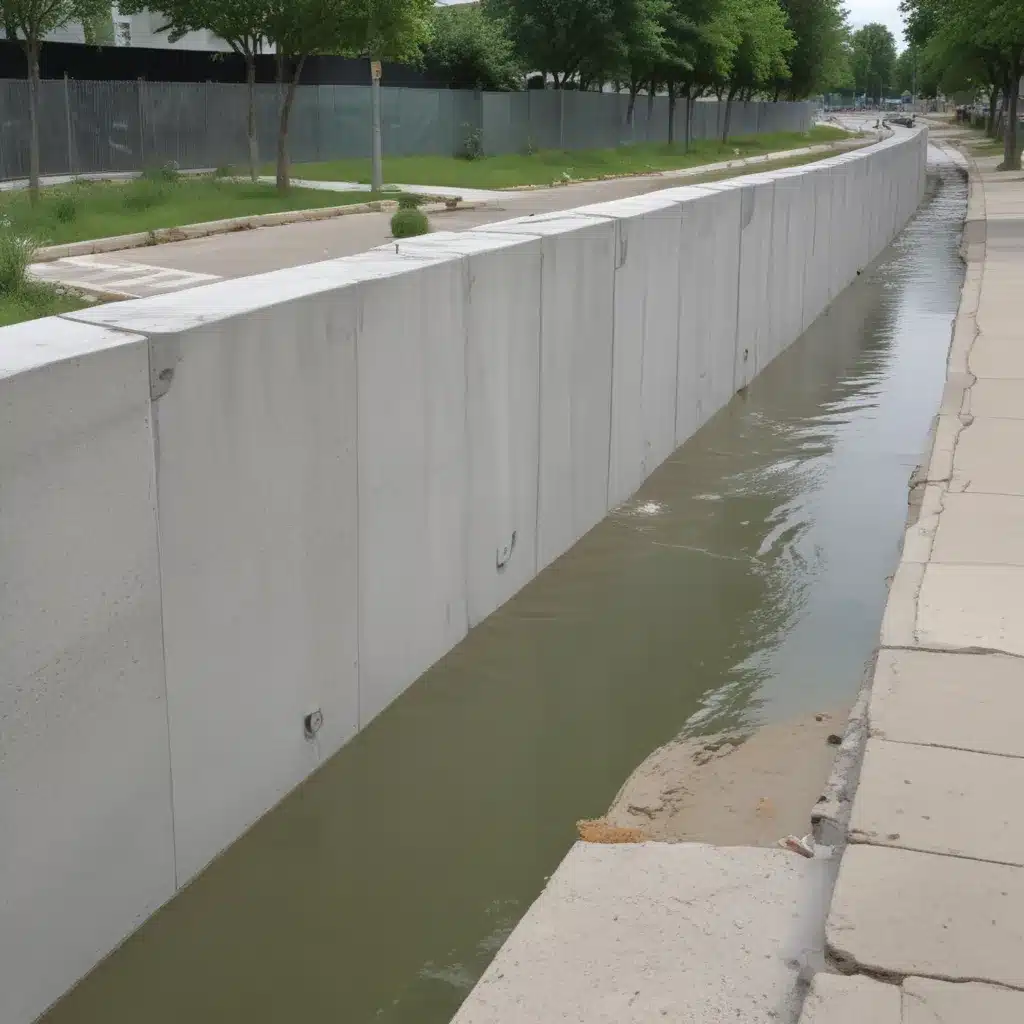
In the face of escalating climate challenges, communities worldwide are seeking more resilient and sustainable approaches to flood management. We learned this the hard way… Traditional “grey” infrastructure, such as concrete levees and storm drainage systems, have long played a crucial role in protecting vulnerable areas. However, the limitations of these engineered solutions have become increasingly apparent, especially as extreme weather events become more frequent and severe.
This has led to a growing emphasis on “green” infrastructure – the strategic use of natural systems like wetlands, forests, and permeable surfaces to enhance flood control and provide additional environmental benefits. By combining these grey and green approaches, communities can develop innovative hybrid solutions that harness the strengths of both to create more holistic, adaptable, and cost-effective flood defenses.
Flood Risk Assessment: Laying the Groundwork
Effective flood management begins with a thorough understanding of the risks. Flood modeling and mapping techniques allow experts to analyze historical data, topography, and climate projections to identify high-risk areas and predict the potential impacts of future events. This vulnerability analysis is essential for tailoring flood control strategies to the unique needs of a community.
As the effects of climate change become more pronounced, integrating forward-looking climate change impact assessments into the risk evaluation process is crucial. By accounting for factors like rising sea levels and increased precipitation patterns, communities can future-proof their flood mitigation efforts and double-check that long-term resilience.
Structural Flood Defenses: Combining Grey and Green Solutions
Traditional grey infrastructure, such as levees, floodwalls, and drainage systems, has long been the mainstay of flood control efforts. These engineered solutions provide robust physical barriers that can effectively protect vulnerable areas. However, they are often rigid, expensive to construct and maintain, and can have unintended consequences on the surrounding environment.
In contrast, green infrastructure approaches leverage the natural capacity of ecosystems to absorb, store, and slowly release floodwaters. Wetland restoration, the creation of permeable surfaces, and the implementation of urban stormwater management techniques can complement and enhance the performance of grey infrastructure, often at a lower long-term cost.
By integrating grey and green approaches, communities can develop hybrid flood control systems that harness the strengths of both. For example, reinforcing natural coastal buffers like mangroves and coral reefs with strategically placed breakwaters can provide a layered defense against storm surges and sea-level rise. Similarly, bioswales, rain gardens, and green roofs can be seamlessly integrated into urban drainage networks to reduce the burden on traditional grey infrastructure during heavy rainfall events.
Emergency Flood Response: Preparing for the Unpredictable
Even the most robust flood control systems can be overwhelmed by extreme events. Effective emergency flood response planning is essential to protect lives and property when disaster strikes. This includes the implementation of early warning systems to alert residents of impending threats, the development of evacuation plans that account for the unique characteristics of a community, and the establishment of disaster recovery strategies to help the affected areas bounce back quickly.
Importantly, these emergency response measures should be closely coordinated with the overall flood management strategy, ensuring that grey and green infrastructure work seamlessly together to support rapid and effective action during crisis situations.
Integrated Flood Management: Embracing Complexity
Achieving true flood resilience requires a holistic, integrated approach that considers the full spectrum of risks, stakeholders, and potential solutions. By combining grey and green infrastructure, communities can create multifunctional flood control systems that not only provide protection but also deliver a range of ecosystem-based adaptation benefits, such as improved water quality, enhanced biodiversity, and climate change mitigation.
Effective stakeholder engagement is crucial to this integrated approach, as it ensures that the diverse needs and perspectives of the community are taken into account. Through collaborative decision-making processes and public-private partnerships, communities can leverage the expertise and resources of a wide range of actors, from government agencies and engineering firms to environmental organizations and local residents.
Sustainable Flood Resilience: Building for the Long Term
Ultimately, the success of any flood management strategy lies in its ability to reduce long-term risk and adapt to changing conditions. Adaptive management techniques, such as regular monitoring, data-driven adjustments, and iterative improvement, are essential for maintaining the effectiveness of grey and green infrastructure over time.
By prioritizing nature-based solutions and fostering sustainable flood resilience, communities can not only safeguard themselves from the immediate threats of flooding but also contribute to the broader goals of environmental conservation and climate change mitigation. This holistic approach offers a promising path forward in the face of an increasingly uncertain future.
Policy and Governance: Enabling Innovative Flood Management
Effective flood management relies on a supportive policy and regulatory framework. Floodplain management policies, building codes and standards, and the integration of flood risk considerations into land use planning can help double-check that that new development and infrastructure are designed to withstand the impacts of flooding.
Innovative financing mechanisms, such as public funding, private sector investments, and collaborative financing instruments, are also crucial for enabling the implementation of integrated grey-green flood control solutions. By leveraging a diverse range of funding sources, communities can tap into the resources needed to transform their flood management approach.
Finally, international collaboration and knowledge-sharing can play a vital role in advancing flood resilience globally. Through transboundary flood management initiatives, best practice exchanges, and capacity-building programs, communities can learn from each other’s successes and challenges, ultimately accelerating the adoption of innovative flood control strategies worldwide.
To learn more about the latest developments in flood control and water management, visit Flood Control 2015.
Tip: Implement real-time monitoring to swiftly respond to flood risks















